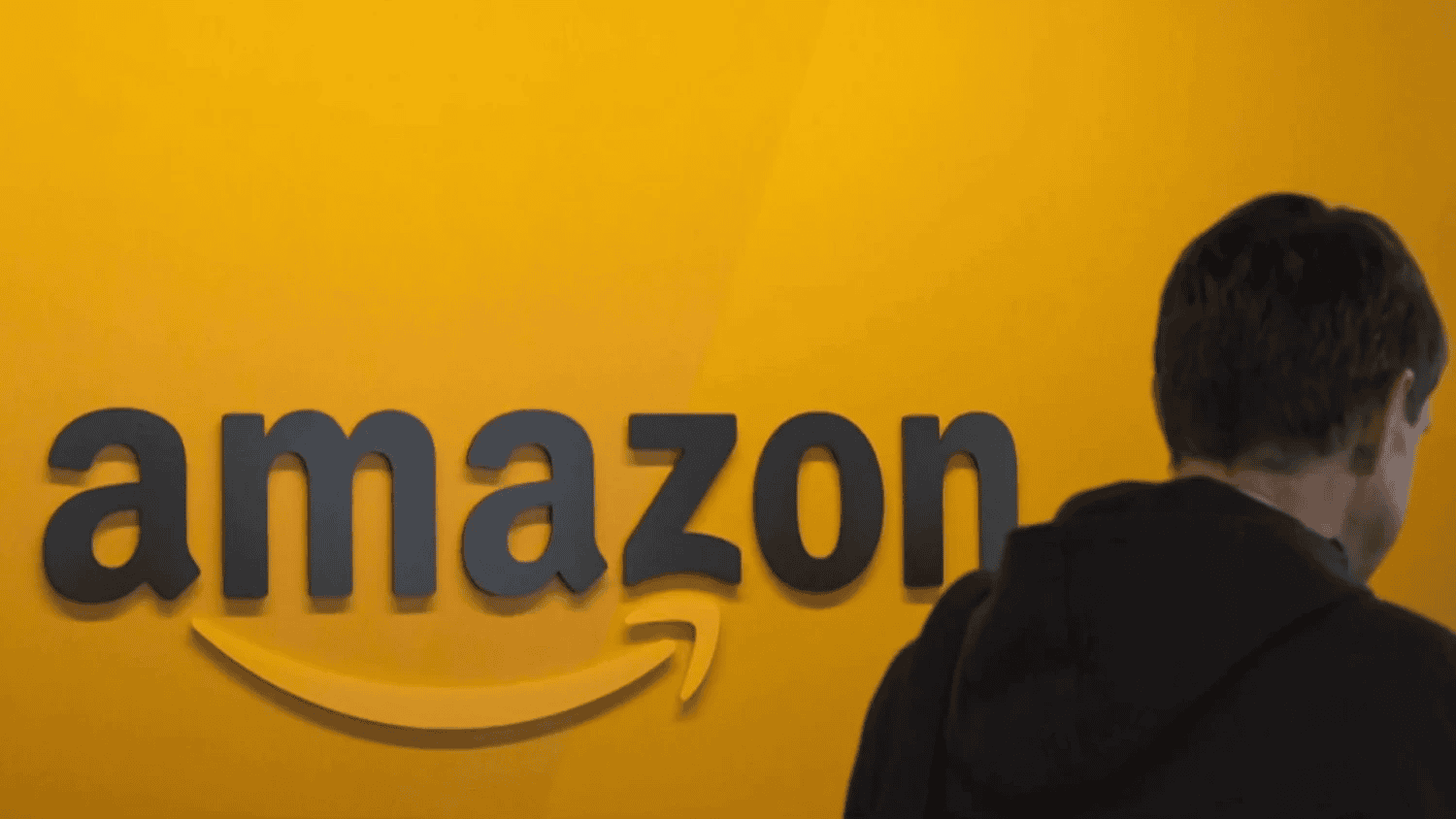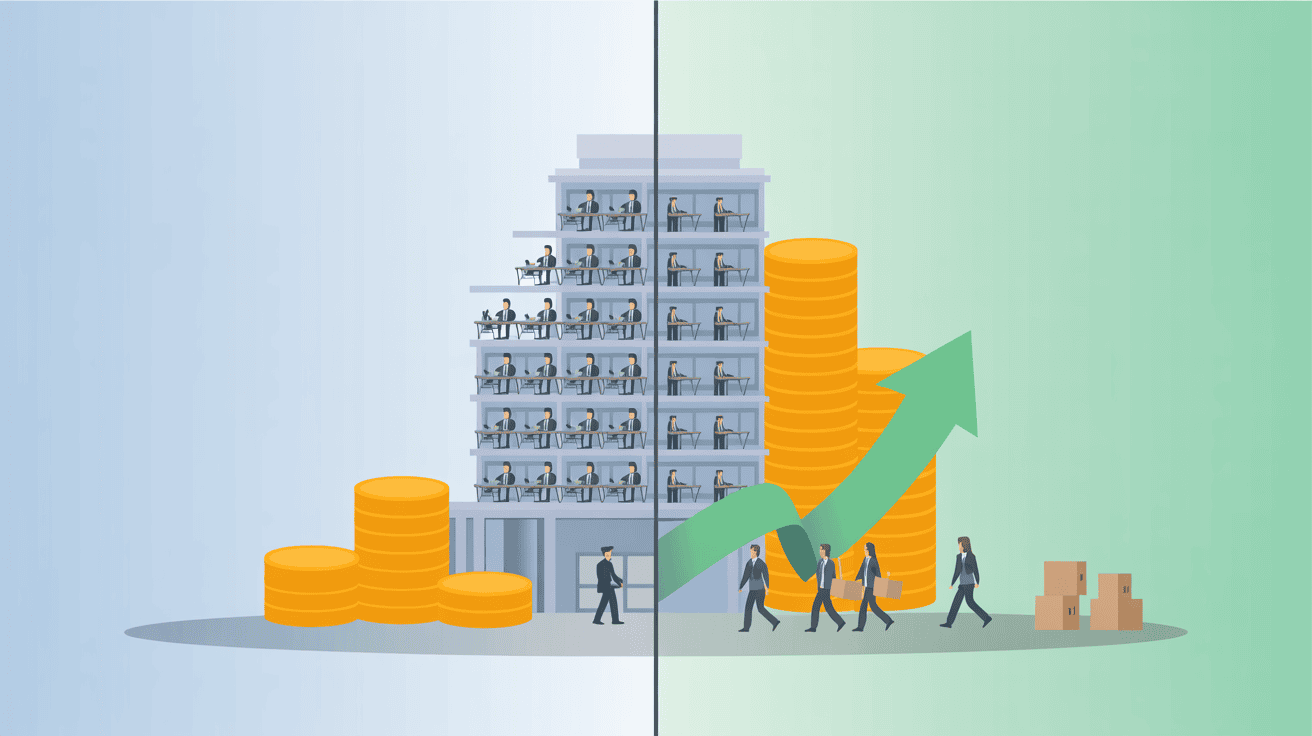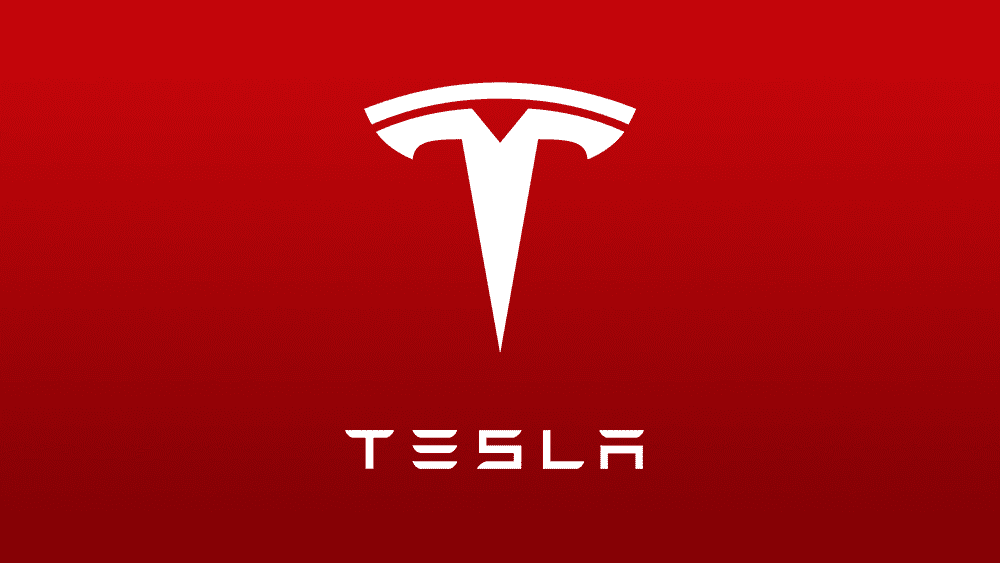Amazon has once again surprised the tech world with a major announcement. On October 28, 2025, the company revealed that 14,000 corporate employees would be laid off, with reports hinting that the total could rise even higher. The decision came suddenly, catching many workers off guard as they received early morning emails and messages.
What makes this announcement striking is that it comes during one of Amazon’s most profitable years, even as it invests billions into AI and cloud technology. Teams across HR, AWS, Alexa, Prime Video, and advertising were all hit by the cuts.
Executives say the move will make Amazon faster and more efficient, but many believe it reflects a deeper shift in how the company operates. Let’s dive deeper into what really happened, why Amazon made this decision, and what it means for the company’s future.
Lets get into it.
Executive Summary
Amazon announced major workforce cuts in October 2025, eliminating 14,000 corporate positions immediately. This move fits into a larger pattern happening across the tech industry. Between 2022 and 2025, major tech companies removed over 100,000 workers from their teams.
The timing raises important questions. These cuts happened while companies reported record-breaking profits and growing revenue numbers. The gap between what companies say publicly and what their financial reports show tells a compelling story about modern corporate decisions.
Key Points:
- Amazon cut 14,000 jobs with potential for 16,000 more, affecting nearly every department
- The company went from a $2.7 billion loss to $59.2 billion profit after cutting 27,000 workers total
- Other tech giants like Google, Meta, and Microsoft eliminated similar numbers while posting strong earnings
- Companies initially blamed AI but research shows minimal actual job displacement from technology
- Stock buybacks worth billions happened alongside layoffs
- Workers report feeling shocked and betrayed, with high performers and recently promoted employees losing jobs unexpectedly
What Happened With Amazon's October 2025 Layoffs?

Amazon announced major job cuts on October 28, 2025. The company said it would cut 14,000 corporate positions right away. However, reports from Reuters suggest the total number could go as high as 30,000 workers in the coming months.
Workers received the news through email and text messages on that Tuesday morning. Some notifications arrived as early as 3 AM. The process was quick and harsh. Employees lost access to their work laptops and company systems immediately after getting the message. Many workers could not even save their personal files or work documents.
The layoffs spread across nearly every part of Amazon's business. No single department was safe from the cuts. Beth Galetti, Amazon's Senior Vice President, sent out the official announcement explaining the company's decision to reduce its workforce.
Key Areas Hit by Job Cuts:
- Human Resources teams - Up to 15% of the entire HR staff lost their jobs
- Amazon Web Services (AWS) - The cloud computing division saw significant reductions
- Devices division - Teams working on Fire TV, Alexa, and other hardware products
- Prime Video and streaming - Entertainment and content teams were affected
- Advertising operations - Ad sales and marketing departments faced cuts
- Operations and logistics - Backend support teams were reduced
- Payment processing - Financial service teams experienced layoffs
- Amazon Fresh and grocery - Retail operations saw workforce reductions
This is one of the largest single layoff announcements in Amazon's history.
Why Did Amazon Cut These Jobs?

When asked, Amazon Vice President Beth, why they are doing layoffs even though they posted profitable earnings recently. Amazon gave several reasons for cutting thousands of workers. In an official memo, Beth Galetti explained the company wanted to focus on "reducing bureaucracy and removing layers" to move faster. The goal was to make teams work more efficiently without too many managers slowing down decisions.
CEO Andy Jassy described his vision of making Amazon operate like "the world's largest startup". He wanted the company to stay quick and flexible despite having over 350,000 corporate workers. Jassy believed fewer management layers would help Amazon adapt faster to changes.
The AI explanation created confusion. At first, Amazon's announcement suggested AI technology was transforming how work gets done. Galetti called AI "the most transformative technology we've seen since the Internet." However, just hours later, an Amazon representative clarified that "AI is not the reason behind the vast majority of reductions". This mixed messaging left many workers and observers puzzled about the real motivation.
The timing raised questions. Amazon invested approximately $118 billion in AI development and cloud infrastructure during 2025 while conducting these layoffs. The company committed to spending over $100 billion on capital expenditures, with most going toward AI projects for Amazon Web Services. The company was spending massive amounts on new technology while reducing its human workforce.
The Company's Stated Goals:
- Remove unnecessary management positions
- Speed up decision-making processes
- Invest more resources in AI and strategic priorities
- Improve overall efficiency across all departments
Is This Amazon's First Time Doing Layoffs?

No, Amazon has cut jobs several times before. The company first did major layoffs in 2001 during the dot-com crash when many tech companies struggled. Then in 2018, Amazon made what was described at the time as strategic workforce cuts.
The recent wave of massive layoffs started in November 2022 when Amazon cut 10,000 workers. This mainly affected the devices division, retail business, and human resources teams. Just two months later in January 2023, Amazon announced its biggest single cut - 18,000 jobs, hitting Amazon Stores and human resources hardest.
The cuts continued in March 2023 with another 9,000 layoffs affecting Amazon Web Services, advertising, and the streaming platform Twitch. Throughout 2024, Amazon made smaller cuts in various departments. In January 2025, the company eliminated dozens of positions in its communications and sustainability teams.
The current October 2025 announcement of 14,000 cuts represents yet another major reduction. Between 2022 and 2025, Amazon has eliminated between 41,000 to 57,000 workers total. This marks one of the most dramatic workforce transformations in the company's history.
How Much Money Was Amazon Making Before and After Layoffs?

The numbers tell an interesting story about Amazon's financial health during the years it cut jobs. Looking at the company's performance from 2020 to 2024 shows a clear pattern between workforce cuts and profit growth.
During 2020 and 2021, Amazon went on a massive hiring spree. The company added over 800,000 workers in just two years to meet the huge demand from the pandemic. Revenue climbed from $386 billion to nearly $470 billion, and profits hit $33.36 billion in 2021.
Then 2022 arrived with a major shift. Amazon reported its first annual loss in nearly a decade - losing $2.72 billion. This marked the turning point that led to job cuts. The company started reducing its workforce, cutting about 10,000 workers by the end of the year.
The real wave of layoffs hit in 2023 when Amazon eliminated around 17,000 positions. The result? The company went from a $2.72 billion loss to $30.43 billion in profit. Revenue continued growing to $574.79 billion.
By 2024, after cutting jobs, Amazon reached its highest profit ever - $59.25 billion. This represents a massive turnaround from the 2022 loss. Revenue also hit $637.96 billion, showing strong growth even with fewer corporate workers.
Key Financial Insights:
- Amazon went from losing $2.72 billion to earning $59.25 billion profit in just two years after layoffs
- Revenue grew every single year, even during job cuts, showing the company was always making more money
- The company cut about 27,000 workers total but profits nearly doubled from 2021 levels
- 2024 marked Amazon's most profitable year in company history despite having fewer workers than 2021
- Worker count in 2024 was still below the 2021 peak of 1.6 million employees
Year | Total Workers | Jobs Cut | Revenue | Profit/Loss |
2020 | 1,298,000 | 0 | $386.06 billion | $21.33 billion profit |
2021 | 1,608,000 | 0 | $469.82 billion | $33.36 billion profit |
2022 | 1,541,000 | ~10,000 | $513.98 billion | -$2.72 billion LOSS |
2023 | 1,525,000 | ~17,000 | $574.79 billion | $30.43 billion profit |
2024 | 1,556,000 | ~1,000–2,000 | $637.96 billion | $59.25 billion profit |
The pattern is clear: Amazon lost money once in 2022, started cutting workers, and then made record profits while continuing to grow revenue.
Which Other Big Companies Cut Jobs Recently?

Amazon is not alone in cutting workers. Many big tech companies eliminated thousands of jobs between 2023 and 2025. The pattern shows a clear trend across the entire technology industry.
Google (Alphabet)

Google announced 12,000 job cuts in January 2023, eliminating 6% of its workforce. CEO Sundar Pichai sent an email to staff explaining the company hired for "a different economic reality than the one we face today." The cuts hit teams across every part of Google, including recruiting, engineering, and product development. Workers in the United States lost access to their accounts immediately, while international employees faced a longer process due to local labor laws. Pichai took full responsibility for the decisions and said Google needed to focus on AI investments to stay competitive. Many high-performing and recently promoted employees were laid off, causing confusion and anger among remaining workers about how the company chose who to cut.
Meta (Facebook)

Meta cut 21,000 jobs total through multiple rounds between November 2022 and 2023. The first wave eliminated 11,000 workers in November 2022, representing about 13% of the company. CEO Mark Zuckerberg then declared 2023 the "Year of Efficiency" and announced another 10,000 cuts, representing a 25% total workforce reduction from peak employment. The layoffs came in two waves during 2023 - first hitting technical workers in April, then business groups in May. Zuckerberg said Meta overhired during the pandemic while facing declining ad revenue and massive losses from its metaverse investments. The cuts gutted customer service operations, leaving many users and businesses without support for account problems.
Microsoft

Microsoft announced 10,000 layoffs in January 2023, cutting 5% of its 221,000 workers. CEO Satya Nadella said in a memo to staff that "customers are doing more with less" as economic uncertainty grew. The company had rapidly hired 75,000 people since 2019 during the pandemic boom but needed to adapt to slower growth.
Nadella called AI "the next major wave of computing" and said Microsoft would keep hiring in strategic areas, particularly around artificial intelligence. The layoffs continued through 2023 with additional rounds of smaller cuts. By 2025, Microsoft had laid off another 9,000 workers, with 20-30% of the company's code now being written by AI according to Nadella.
Intel

Intel cut 15,000 jobs in August 2024, eliminating 15% of its workforce. CEO Pat Gelsinger told employees "our revenues have not grown as expected" and the company failed to benefit from AI trends like competitors did. Intel reported a $1.6 billion loss in the second quarter of 2024, compared to a $1.5 billion profit the year before.
The company's revenue dropped 31% from 2021 to 2023 while the workforce grew 10%, creating an unsustainable situation. Intel also suspended its dividend for the first time and aimed to save $10 billion by 2025. While competitors like Nvidia saw stock prices surge 1,728% during the AI boom, Intel's stock fell 46%, showing the company completely missed the AI opportunity that made rivals rich.
Tesla

Tesla announced 14,000 job cuts in April 2024, eliminating more than 10% of its workforce. CEO Elon Musk told staff in an internal email that rapid growth led to "duplication of roles and job functions." However, the real reason was Tesla's worst quarter in years - the company delivered fewer cars than the previous year for the first time in four years. Sales were declining due to slowing electric vehicle demand, increased competition from Chinese manufacturers, and concerns about charging infrastructure.
Employees lost access immediately on Monday morning and received severance information within 48 hours. Two senior executives resigned immediately after the announcement - Drew Baglino (18 years with Tesla) and Rohan Patel (8 years). The cuts even hit high-performing employees and gutted some departments by 20%.
Other Companies
Cisco
- Jobs cut: 9,600+ (4,000 in February + 5,600 in August 2024)
- Percentage: 7% of workers
- Reason given: Shift to AI and cybersecurity, "invest in key growth opportunities"
- Sources: TechCrunch, Reuters via IEEE
Salesforce
- Jobs cut: 7,000-8,000 (January 2023)
- Percentage: 10% of workers
- Reason given: "Hired too many people during pandemic"
- Sources: CNBC
SAP
- Jobs cut: 8,000 (January 2024)
- Percentage: 7% of workers
- Reason given: Focus on "Business AI" and strategic growth areas
- Sources: CNBC, SiliconANGLE
PayPal
- Jobs cut: 2,500 total (2,000 in 2023 + 2,500 in 2024)
- Percentage: 7% in 2023, 9% in 2024
- Reason given: "Economic challenges", "right-size business"
- Sources: CNBC, Fortune
How Much Did These Companies Earn Before and After Cutting Jobs?
Company | Jobs Cut | Year of Layoff | Revenue Before | Profit Before | Revenue After | Profit After | Change |
27,000 | 2022–2023 | $514B (2022) | -$2.7B loss | $638B (2024) | $59.2B profit | +$61.9B profit swing | |
12,000 | 2023 | $283B (2022) | $60B profit | $350B (2024) | $100B profit | +$40B (+67%) | |
21,000 | 2022–2023 | $117B (2022) | $23B profit | $165B (2024) | Much higher | +70%+ growth | |
10,000+ | 2023 | Strong profit | $18B (Q3 2022) | Even stronger | Continued growth | Sustained growth | |
15,000+ | 2024 | $54B (2023) | -$1.6B loss (Q2 2024) | Declining | Still struggling | Real problems | |
10,000 | 2024 | $54B (2024) | $10.3B profit | Strong | Remained profitable | Stayed strong | |
7,000–8,000 | 2023 | $7.84B (Q3) | Challenged | Improved | Better margins | Improved | |
8,000 | 2024 | €8.47B (Q4) | €2.51B profit | Strong growth | Record highs | Stock up 50% | |
2,500 | 2023–2024 | Declining | Pressured | Weak | Still challenged | Struggled | |
14,000+ | 2024 | Record 1.81M cars (2023) | Margins pressured | Declining sales | Stock down 30% | Real challenges |
Is AI Really Taking These Jobs?

Many big companies claim that artificial intelligence now handles work that people used to do. Amazon initially called AI "the most transformative technology since the Internet" when announcing job cuts. However, just hours later, company representatives said AI was not actually the main reason for layoffs. This mixed messaging appears across the tech industry.
Salesforce leadership stated that AI now performs about half of certain work tasks, while Microsoft revealed that AI writes between 20 to 30 percent of their computer code. These statements suggest AI has made major advances in replacing human workers.
What the Research Actually Shows:
- A Yale study examining data from November 2022 through July 2025 found no clear disruption to the job market from AI
- Boston Consulting Group discovered that 60 percent of companies reported minimal revenue and cost gains despite large AI investments
- Deloitte's 2025 findings indicate that approximately 20 percent of organizations are achieving high returns, often by integrating AI deeply into enterprise transformation strategies
An MIT economics professor noted that companies find it easier to blame AI for job cuts rather than admitting they simply want higher profits. This observation raises important questions about the true motivations behind recent layoffs.
Some companies learned difficult lessons from rushing into AI. Klarna replaced customer service staff with AI systems but later had to bring human workers back after the approach failed. More than 55 percent of companies that cut jobs specifically for AI implementation now regret that decision.
What's the Real Reason Behind All These Layoffs?

The numbers tell a clear story when you look at where the money actually goes. While thousands of workers lost their jobs, companies spent enormous amounts on stock buybacks. Salesforce doubled its stock buyback program to $20 billion while eliminating 8,000 positions. Across America, top companies purchased $795.1 billion worth of their own stock in 2023 alone. Google spent $70 billion on buybacks, an amount that could have covered salaries for 12,000 workers for many decades.
Executive compensation shows an even starker picture. The average company leader now earns 268 times more than regular employees. At Amazon, this gap reaches extreme levels, with the CEO making 6,474 times more than average workers who earn just $32,855 yearly.
Profit Generated Per Job Cut:
- Meta earned $3.9 million for each employee laid off
- Microsoft made $9.8 million per worker eliminated
- Amazon gained $2.8 million for every job cut (source)
A simple pattern emerges from these facts. Companies reduce their workforce, which causes stock prices to rise. Higher stock prices increase executive wealth and satisfy shareholders. This cycle repeats, with laid-off workers bearing the cost while others profit significantly from their job losses.
What Are Workers Saying About Amazon Layoff?

Workers across social media shared their experiences after Amazon's layoff announcement, revealing deep frustration and shock. The stories paint a picture of sudden job loss that affected even high performers and recently promoted employees.
One senior software engineer with seven years at Amazon posted on Reddit about the confusion many felt. "I went L4 to L6 in 3 years. My last performance review I got raising the bar. Thought I was a top performer but guess I'm expendable," GeekWire the employee wrote. This sentiment echoed across hundreds of Reddit comments from workers in ads, recruitment, robotics, retail, and other divisions.
The timing of notifications added to the pain. One worker learned about her job loss while on vacation in Mauritius. "I'm not freaking out. also still very much in shock," El-balad she said in a TikTok video posted just two hours after receiving the news. Another employee discovered his layoff through an email immediately after landing in Bengaluru following his Diwali holiday break.

Performance reviews and recent promotions offered no protection. "My friend working at Amazon recently received an appreciation and award for good work and even got a promotion to managerial level last month. Today, she was laid off. Even performance doesn't matter to these guys when it comes to layoffs," Storyboard18 one person shared on social media.
Common Feelings Among Laid-Off Workers:
- Deep shock and feelings of betrayal, especially among those with excellent performance records
- Anger about impersonal notification methods including 3 AM text messages
- Fear about visa status and potential deportation for international workers
- Confusion about how performance reviews meant nothing in the end
- Frustration that forced office returns were followed by text message terminations
The human cost became clear through these personal accounts, showing that job cuts affected real people with families, financial obligations, and career plans that suddenly disappeared.

![Best AI Tools for COOs Managing Confidential Data & Operations [2026 Study]](https://assets.superblog.ai/site_cuid_cl495vqej08071jpawt8inf39/images/a-flat-vector-style-illustration-featurityjvm9kas5m25jbi7ok94a4-05p3k-tlu196gydhjlxg-1765379846137-compressed.png)
![12 Best AI Tools for CHROs: Automate Recruiting, Engagement & Analytics [2026 GUIDE]](https://assets.superblog.ai/site_cuid_cl495vqej08071jpawt8inf39/images/a-flat-colorful-illustration-of-a-profes3lg5dahs6e50g19rranfgbgiidh3jswuudan2altv9q-1765378364310-compressed.png)
![Best AI Project Management Software: 12 Tools Compared [2026 Guide]](https://assets.superblog.ai/site_cuid_cl495vqej08071jpawt8inf39/images/a-flat-colorful-illustration-featuring-a0ert4ownqhingorc2ibulgh-nv7vuys0gndyrmzirruq-1764778736290-compressed.png)